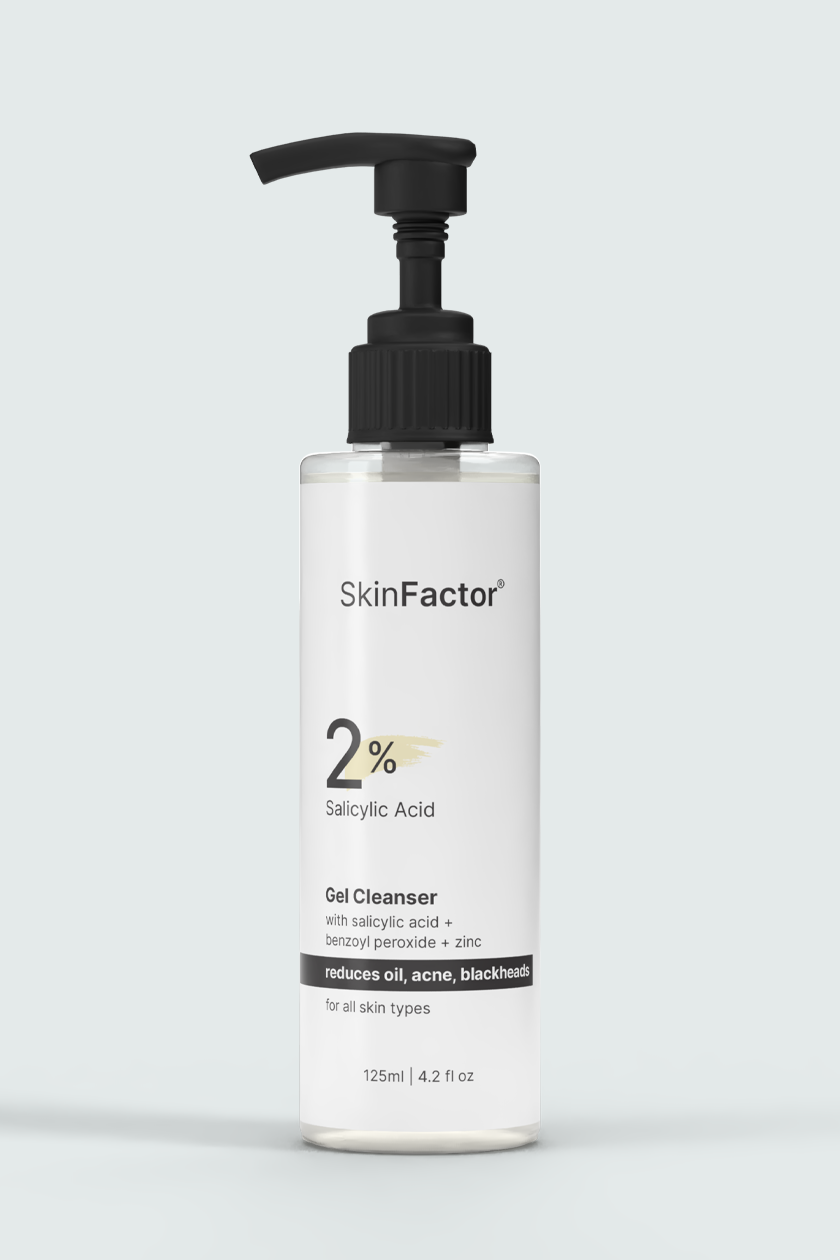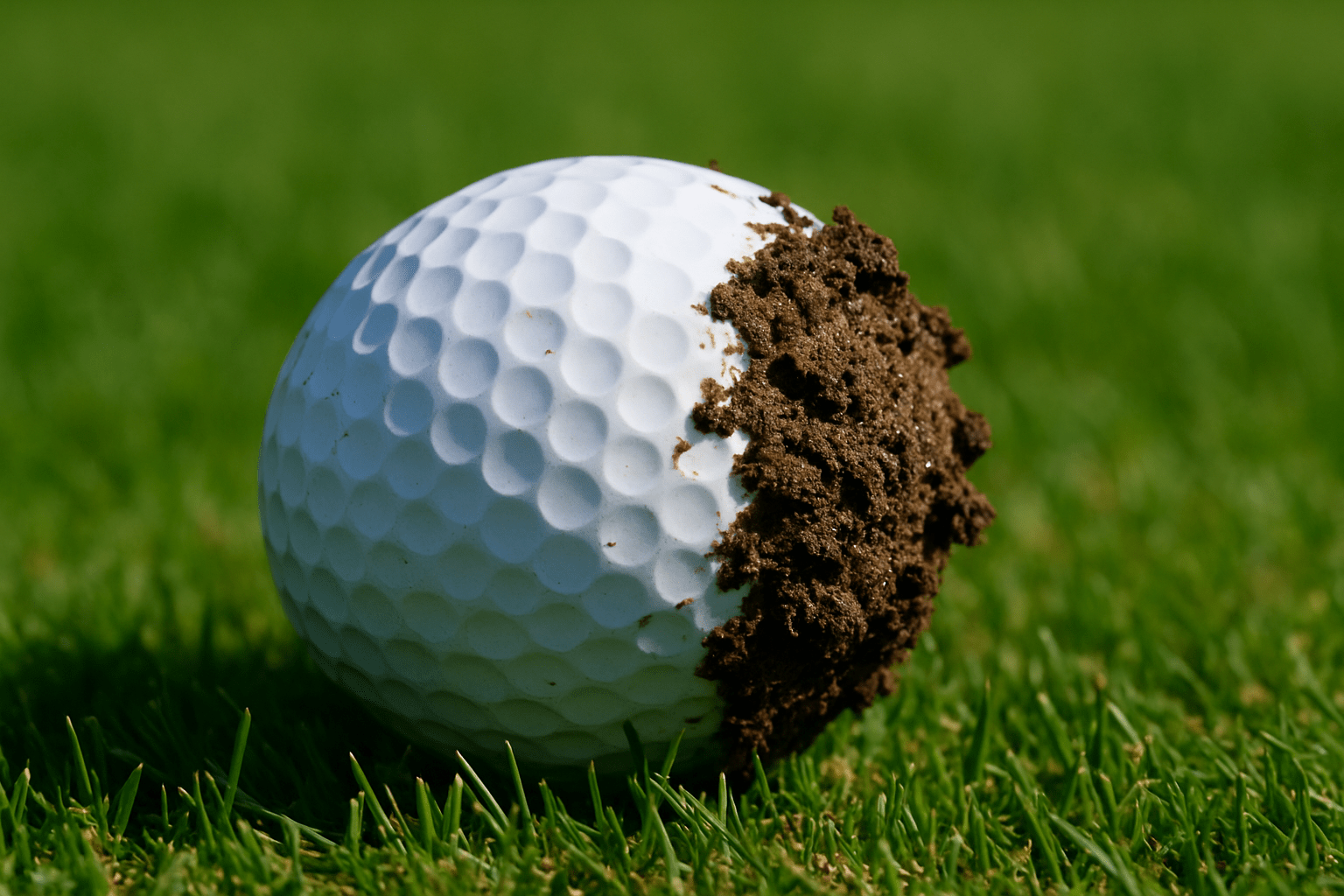In the world of professional golf, where every detail is meticulously controlled and every swing is a product of years of dedication, few things cause as much frustration and debate as the “mud ball.” A mud ball, simply put, is a golf ball that has picked up a clump of mud or dirt upon landing, especially in soft or wet conditions. This seemingly innocuous bit of earth can have a dramatic and unpredictable effect on the ball’s flight, trajectory, and spin, turning a perfectly struck shot from the center of the fairway into a wild, wayward misadventure. The core of the controversy lies not in the existence of mud balls, but in the rules that govern how players must deal with them, particularly in major tournaments.
The Physics of a Mud Ball
The impact of mud on a golf ball is a matter of basic physics. When a ball is caked with mud on one side, it disrupts the airflow over the dimpled surface. This creates an imbalance that can cause the ball to curve or “knuckle” in a direction opposite to where the mud is located. For example, mud on the left side of the ball will typically cause it to curve right, and vice versa. The amount of curve is proportional to the amount and location of the mud. Furthermore, mud can also reduce the backspin on the ball, causing it to fly farther than intended and have less stopping power upon landing. For a professional golfer who has spent their entire career mastering ball control, a mud ball is a terrifying proposition, as it introduces an element of pure chance into a game defined by precision.
The “Lift, Clean, and Place” Debate
The central argument surrounding the mud ball controversy revolves around a rule known as “preferred lies” or “lift, clean, and place.” Under this local rule, which is often implemented by tournament officials in non-major events when course conditions are unusually wet, players are allowed to mark, lift, and clean their ball in a closely mown area (like the fairway) and then place it back in a similar lie, typically within a club’s length. This rule is designed to ensure a fair and consistent playing surface when the course is compromised by rain, preventing a good shot from being unfairly penalized.
The problem is that major championships—the Masters, PGA Championship, U.S. Open, and The Open Championship—have a long-standing tradition of adhering to the “play it as it lies” principle. This means that unless the ball is in a condition that warrants relief, such as casual water, a player must play the ball as they find it, mud and all. The rationale is that a major should be the purest, most complete test of a golfer’s skill, and dealing with all elements of the course, including imperfect lies, is part of that challenge.
High-Profile Incidents and Player Frustration
This philosophical divide came to a head in the 2025 PGA Championship, a tournament that saw heavy rain in the days leading up to the event. The PGA of America’s decision not to implement preferred lies, despite the saturated fairways at Quail Hollow Club, sparked significant frustration among the game’s biggest stars. World No. 1 Scottie Scheffler and Xander Schauffele, who were in the same marquee group, both hit approaches from the middle of the 16th fairway that veered sharply left and into the water, leading to double bogeys. Both players pointed directly to mud balls as the cause of their errant shots.
Scheffler, who has built his reputation on unwavering composure, was visibly frustrated, stating that it’s “one of those deals where it’s frustrating to hit the ball in the middle of the fairway and get mud on it and have no idea where it’s going to go.” He and Schauffele argued that the decision to not allow preferred lies took away their control over the golf ball and introduced an unnecessary element of luck into a major championship.
Earlier in the year, at the Masters, Jordan Spieth also voiced his frustration with mud balls, suggesting that there was an unwritten rule against players even mentioning them. This highlights a deeper tension: the conflict between the purist traditions of golf and the players’ desire for a fair and predictable competition.
The Arguments For and Against
Arguments for “Play It As It Lies”:
- Purist Tradition: Proponents argue that “play it as it lies” is a fundamental tenet of golf. A major championship should test a player’s ability to handle all conditions, including those that are less than ideal.
- Equal Opportunity: Every player in the field is subject to the same rules. While some may get an unlucky mud ball, others will not. Over the course of a 72-hole tournament, the “luck” tends to even out.
- Preserving the Challenge: Allowing preferred lies can make a challenging course too easy, potentially leading to lower scores and undermining the integrity of the test.
Arguments for “Lift, Clean, and Place”:
- Fairness: The central point is that a good shot—a drive in the middle of the fairway—should not be penalized. A mud ball is an arbitrary punishment for a well-executed stroke.
- Removes a Game of Chance: Golf is a game of skill, not luck. Mud balls introduce a random variable that undermines a player’s ability to control their shot, a skill they have honed their entire life.
- Modern Conditions: With modern greenkeeping and tournament play, courses are often watered and maintained in ways that make soft conditions more common, increasing the likelihood of mud balls. Applying a local rule to address this is a practical and sensible solution.
Conclusion: A Debate With No Easy Answers
The mud ball controversy is a classic golf rules debate with no simple resolution. It pits the game’s cherished traditions against the modern players’ desire for fairness and control. While a small speck of mud might seem trivial, its impact can be monumental, altering the outcome of a hole, a round, and even a major championship. As long as rain falls and golf is played, the debate over whether to “play it as it lies” or to “lift, clean, and place” will continue to be a muddy and contentious issue.







